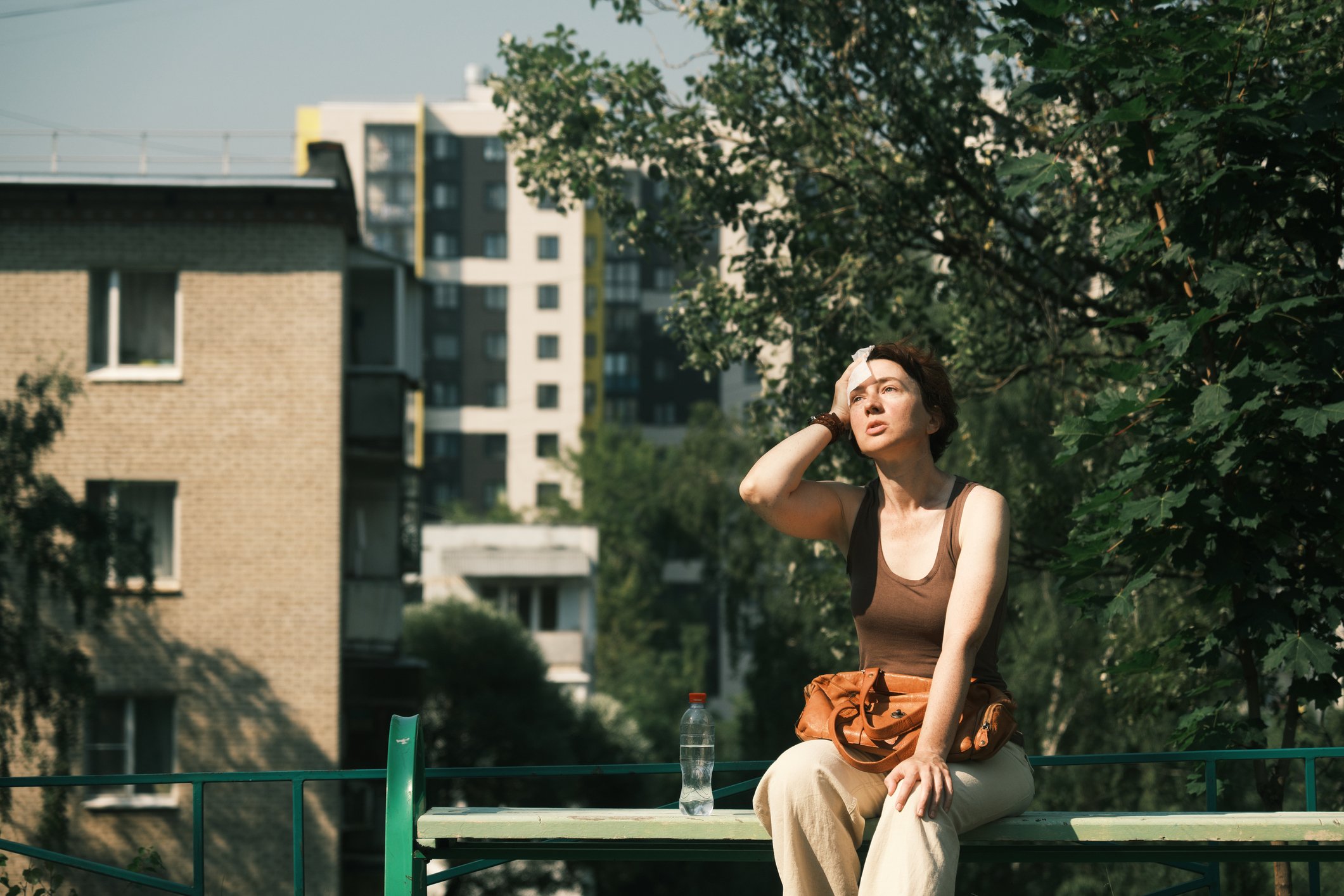
VULNERABILITY TO EXTREME HEAT
People have a right to protection from extreme heat, including the impact of heat on energy costs. Below you can find data sources to help determine your exposure levels.
According to the CDC, extreme heat occurs when temperatures are much hotter and/or more humid than the annual local average. Urban areas are particularly vulnerable to intense heat because of the increased concentration of heat-absorbing dark surfaces (roads and buildings). Additionally, urban areas have a lower density of trees, which provide shade and cool nearby areas as water evaporates through their leaves. Urban areas’ susceptibility to extreme heat is known as the Urban Heat Island Effect.
Extreme heat can lead to illnesses, such as heat exhaustion or heatstroke. The elderly, as well as people with asthma, heart disease, obesity, and those taking blood thinners and diuretics have increased vulnerability to this.
NLCD Instructions: Open Tool > In the toolbar on the left, uncheck the boxes next to 2021 CONUS Land Cover and 2016 AK Land Cover. Click the - next to NLCD Land Cover. Click the + next to NLCD Tree Canopy > Click the box next to 2021 CONUS Tree Canopy.
There should be a map in the middle of your screen. Above the map and to the right there are 3 buttons. One is an up arrow, and one is an x. Click the one between them to make the map bigger. On the toolbar at the right, find the word tools. Click the right arrow. The map should take up most of your screen. Click the + and - at the top left to zoom. Click and use your mouse to move around. Find where you live. Is there a lot of dark green? If so, you have good tree coverage. If you live in a city and you see lots of grey, the area may be an urban heat island.
LAND COVER
You can begin to investigate your area’s vulnerability to extreme heat using the U.S. Geological Survey National Land Cover Database. Though other factors affect extreme heat risk, (humidity, topography, latitude), land cover is most easily quantifiable and most feasible to change or track.
NIHHIS Map Instructions: Open Tool > Click the circle for the city you are interested in > Click read the full report. You will either be linked directly to the report or to a page with files listed. If that is the case, click the file that has the word report and ends with .pdf. You can view heat maps in the report for different times of day by scrolling to the pages titled Morning Area-Wide, Afternoon Area-Wide, and Evening Area-Wide. The pages titled Traverse Points show the temperature measurements collected by volunteers. Researchers use modeling to create heat maps for the area based on these measurements.
urban HEAT ISLAND MAPPING
Summer temperatures are important to assess vulnerability to extreme heat. The National Integrated Heat Health Information System Map (NIHHIS) has collected this data in over 70 cities in order to create a map that show areas that are hottest in the morning, afternoon, and evening.
Energy Cost Burden
Increased temperatures often increase energy bills, which you can look at using the White House Climate & Economic Justice Screening Tool (CEJST). This tool gives each census tract a percentile score, which compares the level of cost burden for that tract to the country as a whole. Census tracts are areas of similar population. They are approximately the size of a neighborhood in urban areas in terms of land area (they cover more area in less-dense rural areas).
CEJST Instructions: Open Tool > Type your address, city, state, or zip code in the search bar > Use the + sign at the left of the map to zoom in as needed > Click on a tract to learn more > In the panel at the right, click the + sign next to Energy. You can now see how energy burden in this area compares to the country overall. Percentile scores range from 0 - 100. A high number indicates a high level of burden.